
11+ Remuneration Policy Templates in PDF | Ms Word
Arrangements on a remuneration policy are significant reports made by associations crosswise over different fields for giving standards to moral…
Aug 29, 2024
Human as we are, we are going to interact with people throughout the course of our lives. We meet people who would care for us, who would become a shoulder to lean on, and sometimes, as uncontrollable as it may be, who we would fall in love with later on. But life is not completely composed of this little thing called “happiness”. There are emotions like sadness, anger, and hate that we experience, and often, feel towards someone. Sentiments like these can cause conflict with your relationship with someone. This can psychologically affect how we act especially if it is someone you work with. You may also like policy templates in PDF.

When people work together especially if they are employees in a company, conflict normally arises. With this fact, employees have the right to discuss this with their supervisor or to the human resource management. In this article, you will find out why conflict is unavoidable between employees and how a dispute resolution policy can help them solve the problem.
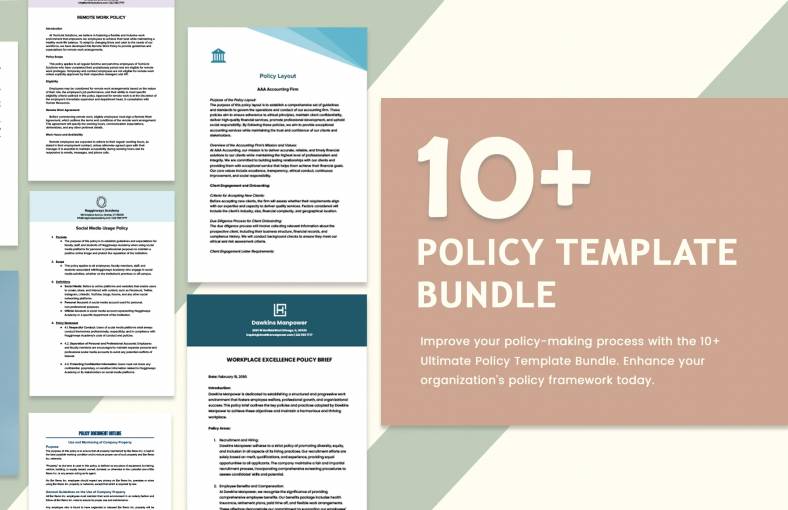
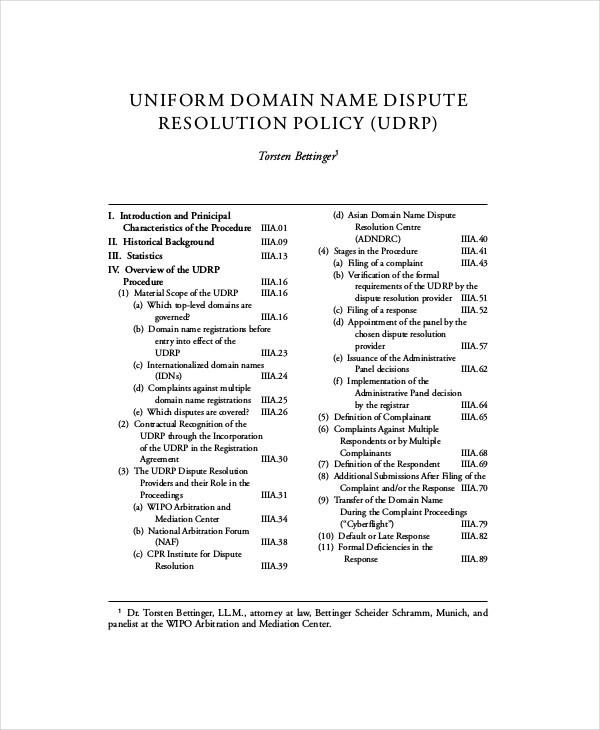
global.oup.com
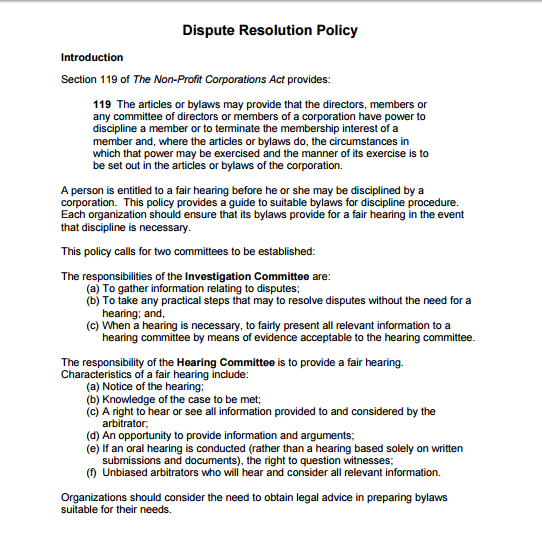
sasksport.sk.ca
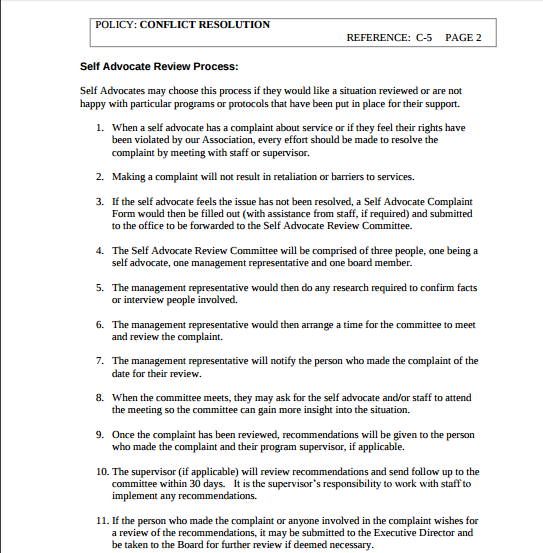
fsjacl.com
Download Now
Conflicts have existed as early as the creation of man itself. Fast forward to the present time, with all of the improvements in society, conflict is still a constant variable. Conflict is common in a group because all of us were raised up differently. We have different principles, beliefs, and views on how to manage and handle different matters. This part of the article will give the reasons why conflict is imminent and certainly not a stranger in the workplace. You may also like security policy templates.
Taken from the Gestalt prayer made by Dr. Frederick Perls, it is widely accepted that all of us are different. In the workplace, there are people who are outgoing and people who are just reserved. It isn’t uncommon for misunderstandings between people with these two characteristics to arise. The two personalities have different ways to approach and handle a certain kind of problem. Conflict reveals itself when one is not able to understand and be comfortable with how the other would approach and solve the problem because of their differences. You may also see quality policy templates.
Another reason why conflict arises in the workplace is that of poor communication. This can happen when people only “hear” instead of “listen” to what other people had to say. It can also happen when one fails to clarify if what he understood about the instruction or information was correct. One must practice the essence of clarifying information even if the person assumes the more he clarifies, the more annoyed the other person would get. You may also like privacy policy templates.
People work to earn a living. So if the company one works in has a highly competitive environment, when not managed properly, the conflict will manifest itself. For instance, if one person gets a bonus because the company institutes productivity with salary, other employees tend to be discouraged because their hard work were not recognized. This leads to envy, which can lead to hearsay and eventually insult the employee. You may also see return policy templates.
We all have problems in our personal lives and sometimes one can be so affected by it, that it results in one bringing it in the office. Personal problems can psychologically affect one’s work performance and when this happens, others who are ignorant enough not to ask the person what is wrong would assume that he does not like working with them and this would cause misunderstandings. You may also like sample policies.
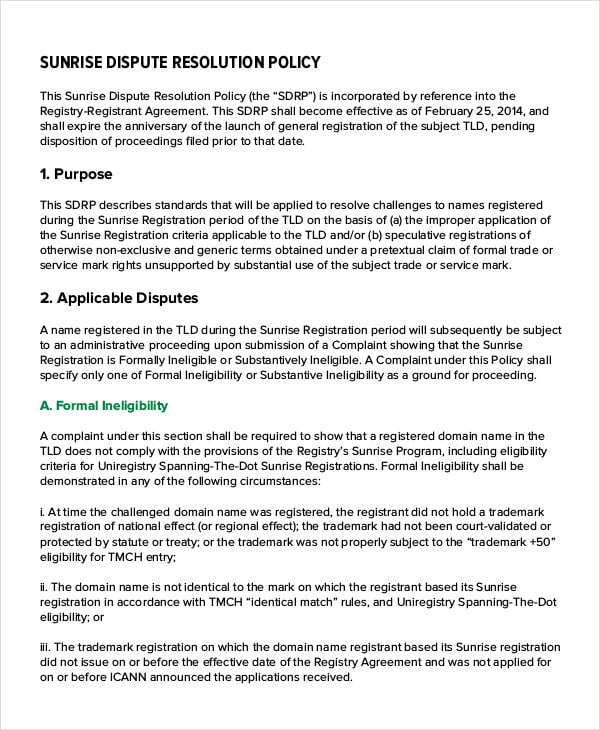
uniregistry.link Download Now
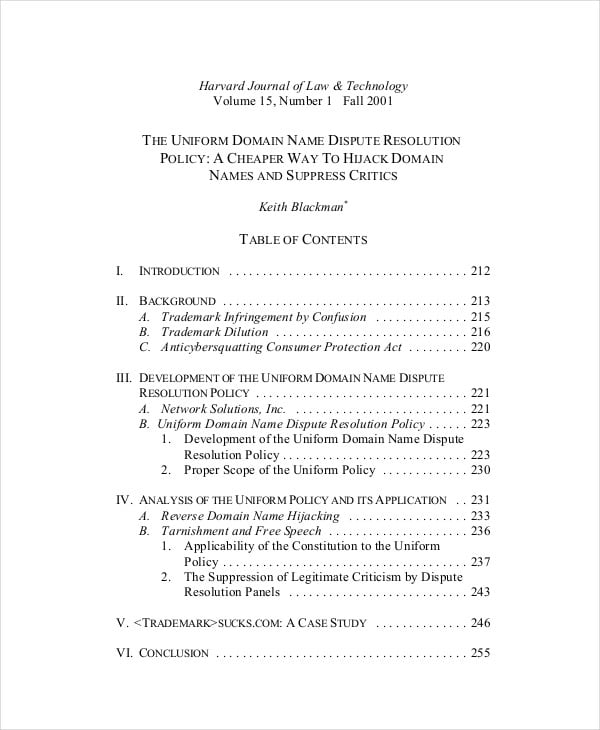
jolt.law.harvard.edu Download Now
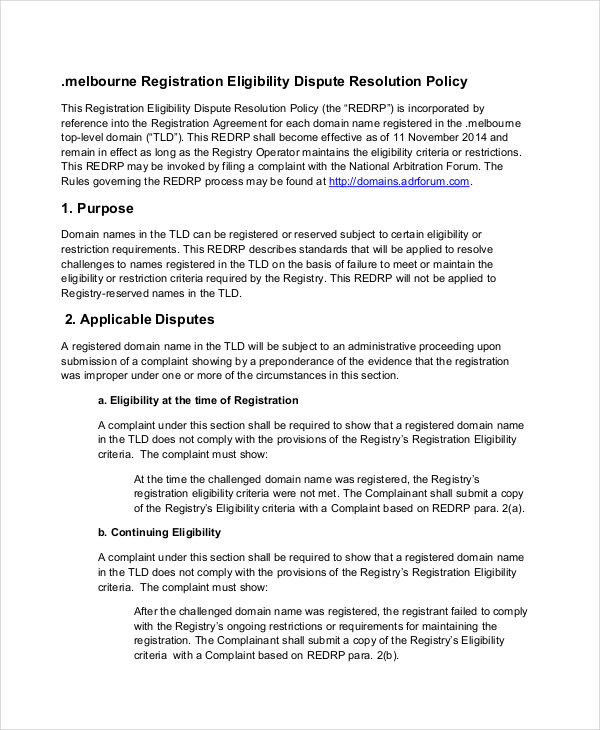
nic.melbourne Download Now
So how can conflict be addressed and solved in the workplace? Well, an employee can look into the company’s dispute resolution policy to guide him in addressing his issues to HR, his supervisor, or even to management. A dispute resolution policy provides the employees with company information regarding what the steps to follow while filing a complaint and who are the right persons to address it to. It is also the responsibility of the human resource department to ensure that all employees, supervisors, and managers know their basic rights, sample policies, and responsibilities in the company. Companies have different approaches when it comes to handling conflict within their workplace, but here are some of the common processes in the dispute resolution policy on how conflict is being addressed, handled, and solved.
1. Inform your supervisor immediately about the concerns you have with your co-worker. Don’t suppress your anger and concern for too long as this may escalate the problem and be a hassle to you and to the other person. Inform them as early as you can about your concern. This is the time where you would request to talk and discuss with your supervisor what happened in detail and explain why it bothers you. Open communication with your supervisor is important. If the supervisor can come up with a resolution, then the problem does not have to escalate to either HR or admin. You may also like company policy templates.
2. Write a letter to the HR deparatment if the supervisor failed to respond to your request. Make the letter formal and include every detail elaborating on where the incident took place, the time, and the actions being done. HR would also gather more information about the concerns of both parties. When this is done, HR would schedule a meeting between the two parties to have an open discussion and listen to their sides and afterward review all of what they have said and the mediator would either be a department authority or a manager.
3. The decision will be announced through a formal letter normally 5 to 7 working days after the meeting between the two parties. The mediator has to understand and analyze both parties’ concerns by reviewing them again and again and then look for a solution to take the best course of action.
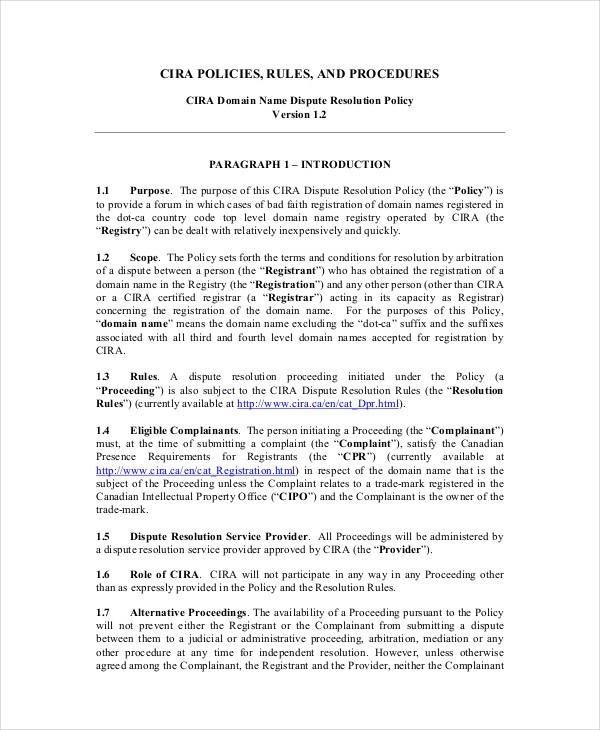
cira.ca Download Now

allsoulskc.org
Download Now
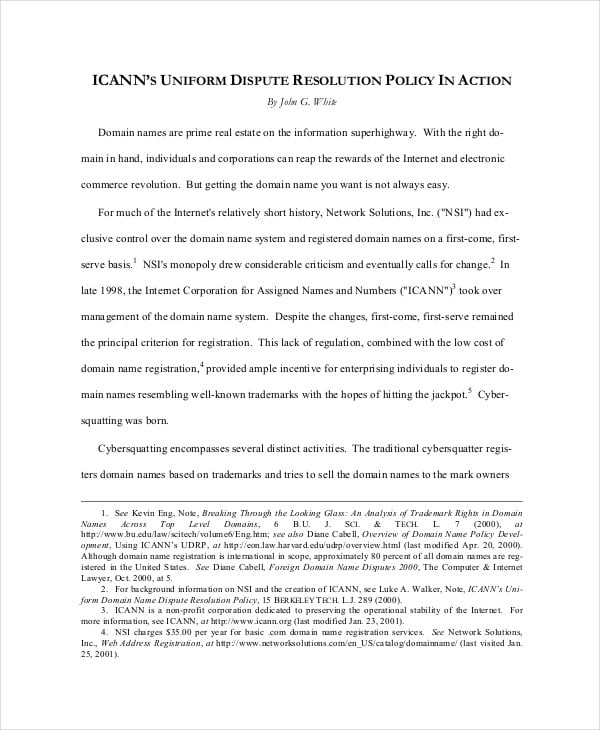
law.berkeley.edu Download Now
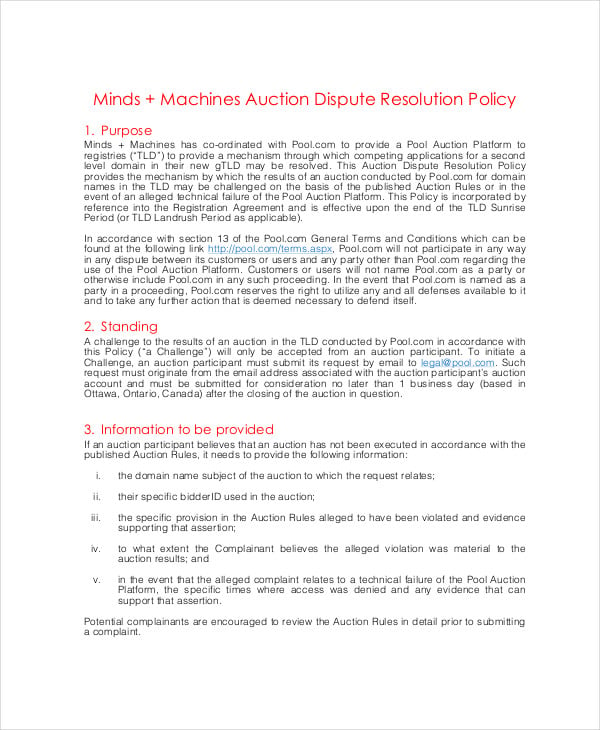
mm-registry.com Download Now
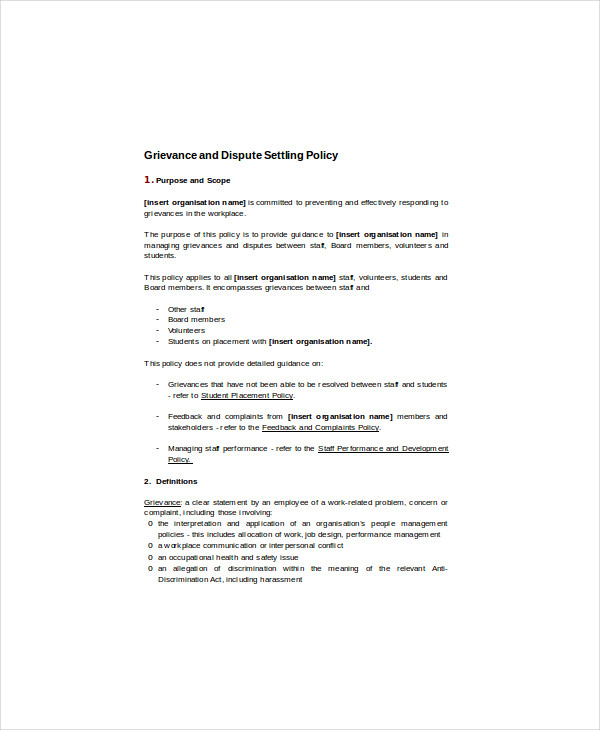
nada.org.au Download Now
If the decision is explained properly by the management and was not biased to any of the parties, the conflict would be beneficial for both parties. Conflicts don’t just break relationships, they also make them stronger if handled maturely. The resolution of a conflict can help employees understand each other more, have mutual respect for each other, and would let them know their limits in terms of how they treat each other next time to avoid committing the same mistake again. You may also like business policy templates.

Arrangements on a remuneration policy are significant reports made by associations crosswise over different fields for giving standards to moral…

Grooming policy is the rule or the protocol that an employee has to follow when he becomes the employee of…
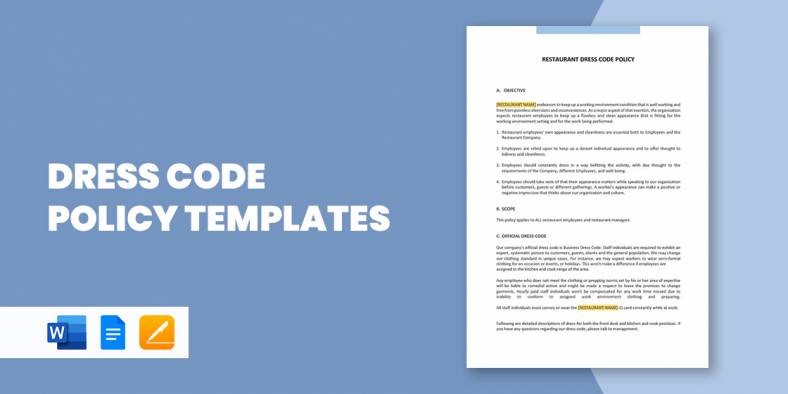
A dress code policy is defined as a set of guidelines to make it easy for the employees to know…

A sales commission policy fulfills the policy of establishing responsibilities for setting commission rates and to define the point at…

A confidentiality policy implies individual correspondence or data identifying with an association’s business that is obscure to general society and…

The dividend policy is a financial decision that indicates the balance of the firm’s wages to be paid out to…
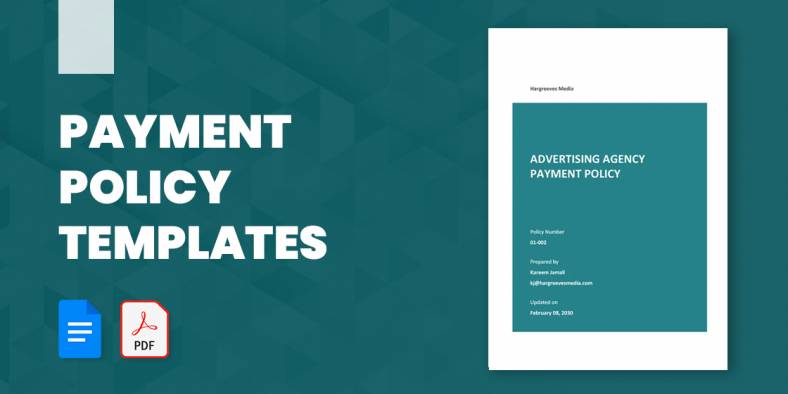
The payment policy is the set of rules or directions that guides a customer to make the bill payment templates.…
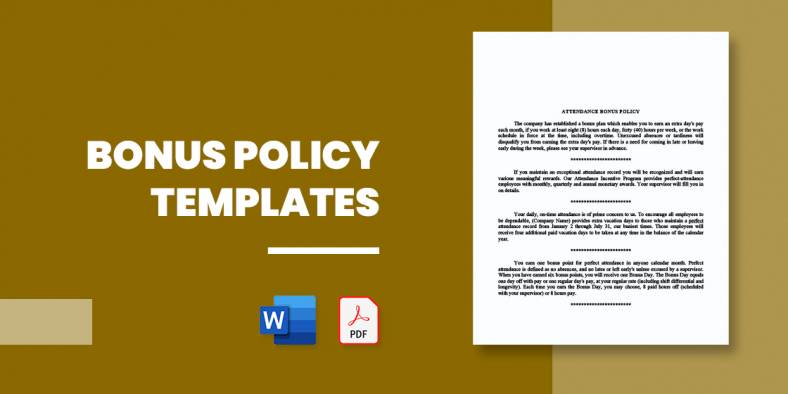
Bonus Policy can be referred to as the protocol formulated in an organization based on which the employees are given a…
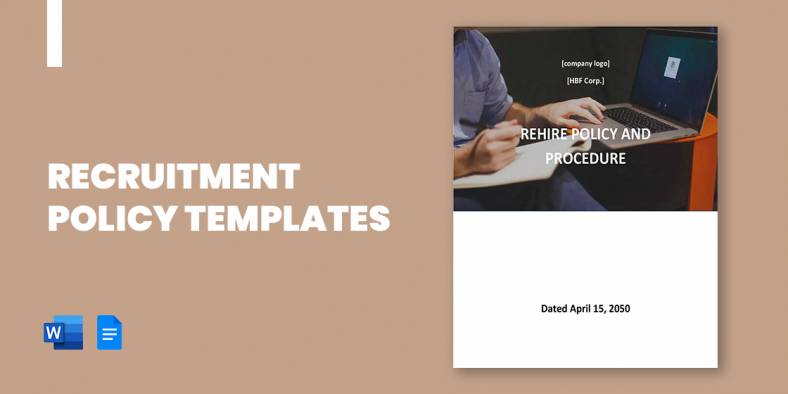
Recruitment policy is the practice that a company exhibits while hiring employees. It a statement that outlines the rules and…